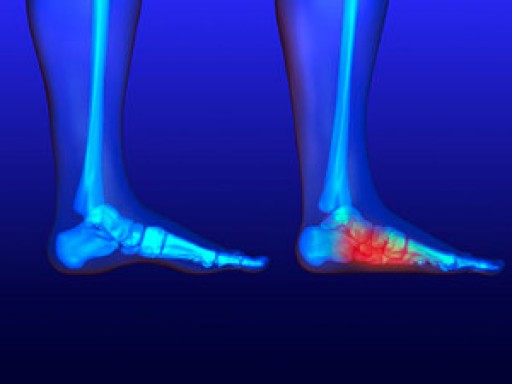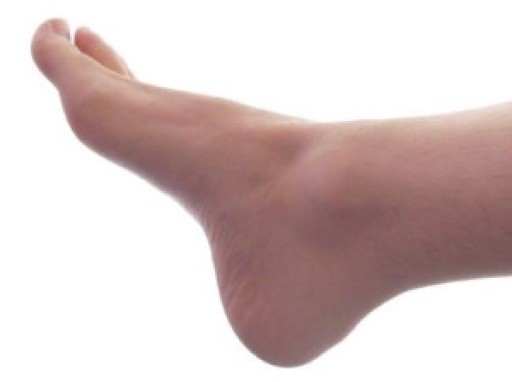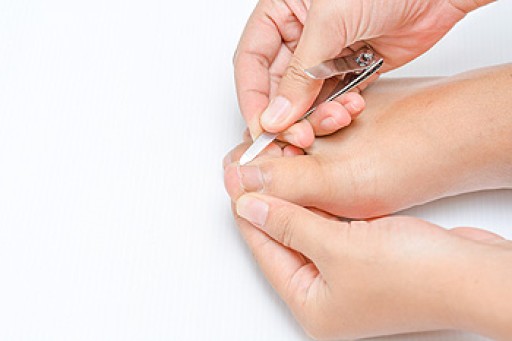 A heel spur is known to be an uncomfortable and painful condition which develops in the heel of the foot and will typically affect the surrounding area. It is a small bony protrusion that grows in between the heel and the arch, and is often referred to as “heel spur syndrome.” If you are afflicted with this condition, there may be strong symptoms indicating its existence, including a sharp pain in the heel, which may be especially prominent in the morning, severe tenderness, or a consistent ache that may often be felt throughout the day. Research has shown that age may play a significant role in the formation of heel spurs and the pads in the heels may wear down as a result of this. This may cause diminished shock absorption in the heel which may cause this ailment to develop. If you would like additional information about heel spurs, a podiatrist can help you with a proper diagnosis and suggest correct treatment options.
A heel spur is known to be an uncomfortable and painful condition which develops in the heel of the foot and will typically affect the surrounding area. It is a small bony protrusion that grows in between the heel and the arch, and is often referred to as “heel spur syndrome.” If you are afflicted with this condition, there may be strong symptoms indicating its existence, including a sharp pain in the heel, which may be especially prominent in the morning, severe tenderness, or a consistent ache that may often be felt throughout the day. Research has shown that age may play a significant role in the formation of heel spurs and the pads in the heels may wear down as a result of this. This may cause diminished shock absorption in the heel which may cause this ailment to develop. If you would like additional information about heel spurs, a podiatrist can help you with a proper diagnosis and suggest correct treatment options.
Heel spurs can be incredibly painful and sometimes may make you unable to participate in physical activities. To get medical care for your heel spurs, contact one of our podiatrists from Foot Health Center of Merrimack Valley. Our doctors will do everything possible to treat your condition.
Heels Spurs
Heel spurs are formed by calcium deposits on the back of the foot where the heel is. This can also be caused by small fragments of bone breaking off one section of the foot, attaching onto the back of the foot. Heel spurs can also be bone growth on the back of the foot and may grow in the direction of the arch of the foot.
Older individuals usually suffer from heel spurs and pain sometimes intensifies with age. One of the main condition's spurs are related to is plantar fasciitis.
Pain
The pain associated with spurs is often because of weight placed on the feet. When someone is walking, their entire weight is concentrated on the feet. Bone spurs then have the tendency to affect other bones and tissues around the foot. As the pain continues, the feet will become tender and sensitive over time.
Treatments
There are many ways to treat heel spurs. If one is suffering from heel spurs in conjunction with pain, there are several methods for healing. Medication, surgery, and herbal care are some options.
If you have any questions feel free to contact one of our offices located in North Andover, and Tewksbury, MA . We offer the latest in diagnostic and treatment technology to meet your needs.

















